
Kod: 24023080
Histoire Naturelle de la Traduction
Autor Charles Le Blanc
What is translation? Charles Le Blanc’s answer to this fundamental question is: its history. And in order to “tell the story” of translation as it evolved through the ages, he relies on five well-known tales and stories. He uses ... więcej
- Język:
 Francuski
Francuski - Oprawa: Miękka
- Liczba stron: 304
Wydawca: LES BELLES LETTRES, 2019
- Więcej informacji o książce

Zobacz książki o podobnej tematyce
-
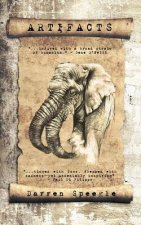
Artifacts
13.93 € -1 % -
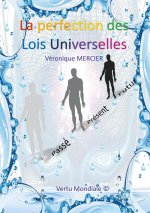
La Perfection des Lois Universelles
15.54 € -9 % -
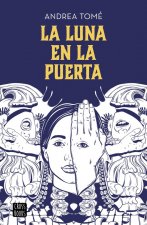
La luna en la puerta
8.17 € -

Sherlock Holmes
18.47 €
Podaruj tę książkę jeszcze dziś
- Zamów książkę i wybierz "Wyślij jako prezent".
- Natychmiast wyślemy Ci bon podarunkowy, który możesz przekazać adresatowi prezentu.
- Książka zostanie wysłana do adresata, a Ty o nic nie musisz się martwić.
Więcej informacji o Histoire Naturelle de la Traduction
Za ten zakup dostaniesz 75 punkty
 Opis
Opis
What is translation? Charles Le Blanc’s answer to this fundamental question is: its history. And in order to “tell the story” of translation as it evolved through the ages, he relies on five well-known tales and stories. He uses The Portrait of Dorian Gray by Oscar Wilde, Andersen’s The Snow Queen, The Sorcerer’s Apprentice by Goethe, Perrault’s Blue Beard, and Hansel and Gretel by the Brothers Grimm to describe translation’s five key characteristics, as well as the five stages of the art of translation, from antiquity to the Romantic era.Like Dorian Gray’s portrait, translations age, while the original texts remain forever young. As with the pieces of the broken magic mirror in Andersen’s tale, it is the reader-translator’s perception of the text that reconstructs its meaning. As in Goethe’s ballad, the proliferation of translations brings to mind that of the brooms released by the sorcerer’s apprentice, who is the translator. Yet the latter must acknowledge, when all is said and done, that the author remains the sole master. As in Perrault’s tale, a literary work is a castle whose set of keys the author, like Blue Beard, hands to the reader; what the text will become, once translated, largely depends on which key the translator will use. Lastly, every translator first seeks to decipher the meaning of the work, and, like Hansel and Gretel by the Brothers Grimm, certainly hopes to return to the paternal home; i.e., to the original. Yet if he should happen to err, he may still unearth unsuspected riches, like the two children discovering the gingerbread house.It is the reader’s role that is highlighted for the very first time in Histoire naturelle de la traduction. As a reading exercise, translation, like thought, is above all a journey. It is a maieutic of meaning, and a practice rooted in History, which this masterful essay imparts.Charles Le Blanc, born in 1965, holds a PhD in Philosophy. A Germanist scholar and translator, he is notably the author of Le Complexe d’Hermès (2009), a critical work addressing the foundations of traductology that has received worldwide acclaim. He specializes in Lichtenberg, Kierkegaard, and German Romanticism, and teaches at Ottawa University.
 Szczegóły książki
Szczegóły książki
Kategoria Książki po francusku SCIENCES HUMAINES ET SOCIALES, LETTRES Lettres et Sciences du langage
29.99 €
- Pełny tytuł: Histoire Naturelle de la Traduction
- Autor: Charles Le Blanc
- Język:
 Francuski
Francuski - Oprawa: Miękka
- Liczba stron: 304
- EAN: 9782251449425
- ISBN: 2251449426
- ID: 24023080
- Wydawca: LES BELLES LETTRES
- Waga: 830 g
- Data wydania: 10. May 2019
Ulubione w innej kategorii
-
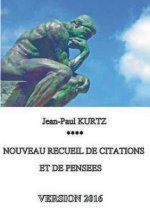
Nouveau recueil de citations et de pensees - Version 2016
24.94 € -2 % -
![Petit Dictionnaire de la Langue Des Iroquois de la Nation d'Agnie. [Manuscrit] (Ed.17..) Petit Dictionnaire de la Langue Des Iroquois de la Nation d'Agnie. [Manuscrit] (Ed.17..)](https://media.libris.to/jacket/08903677t.jpg)
Petit Dictionnaire de la Langue Des Iroquois de la Nation d'Agnie. [Manuscrit] (Ed.17..)
19.58 € -

La langue française au Congo-Brazzaville
54.73 € -
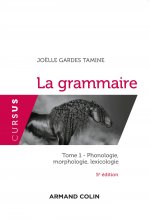
La grammaire - 5e éd. - Tome 1 : Phonologie, morphologie, lexicologie
31 € -
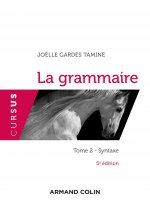
La grammaire - 5e éd. - Tome 2 : Syntaxe
28.98 € -

Litterature francaise du XXe siecle
30.59 € -
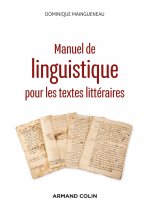
Manuel de linguistique pour les textes littéraires - 2e éd.
40.59 € -
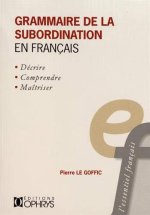
Grammaire de la subordination en français
23.02 € -
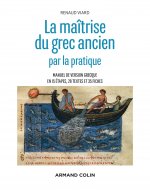
La maîtrise du grec ancien par la pratique - Manuel de version grecque en 15 étapes, 28 textes et 35
38.77 € -

Les actes de langage dans le discours - Théorie et fonctionnement
26.55 € -

Le roman historique
18.07 € -
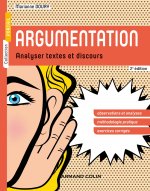
Argumentation - 2e éd. - Analyser textes et discours
31 € -
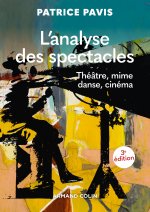
L'analyse des spectacles - 3e éd. - Théâtre, mime, danse, cinéma
42.41 € -
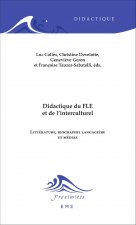
Didactique du FLE et de l'interculturel
38.67 € -
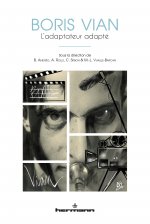
Boris Vian
38.77 € -
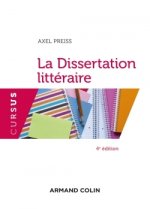
La Dissertation littéraire - 4e éd.
26.05 € -
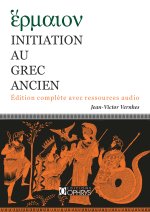
Initiation au grec ancien
27.56 € -
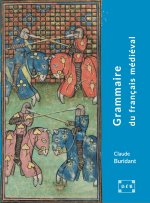
Grammaire du français médiéval XIIe-XIVe siècles
106.14 € -
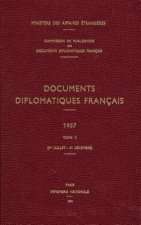
Documents diplomatiques francais
120.99 € -
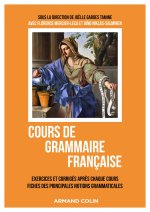
Cours de grammaire française
37.56 € -
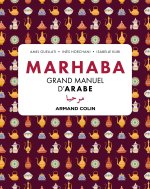
Marhaba Grand manuel d'arabe
38.67 € -
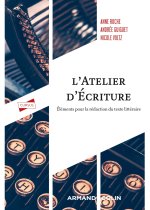
L'atelier d'écriture - 3e éd.
26.55 € -
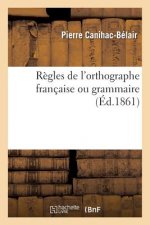
Regles de l'Orthographe Francaise Ou Grammaire
17.56 € -

L'argumentation dans le discours - 4e éd.
37.56 € -
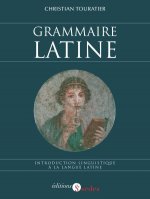
Grammaire latine - Introduction linguistique à la langue latine
48.57 € -
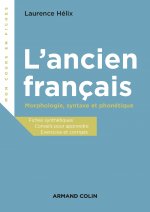
L'ancien français - Morphologie, syntaxe et phonétique
28.98 € -
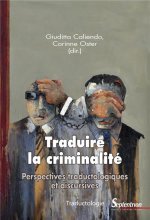
Traduire la criminalité
29.99 € -
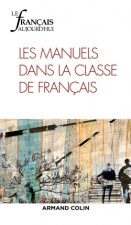
Le Français aujourd'hui n° 194 (3/2016) Les manuels dans la classe de français
21.20 € -
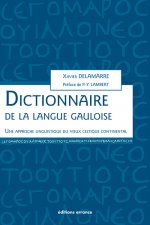
Dictionnaire de la langue gauloise
54.83 € -
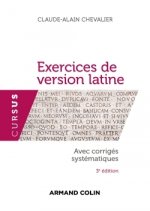
Exercices de version latine - 3e éd.
32.31 € -
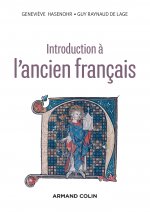
Introduction à l'ancien français - 3e éd.
39.98 € -
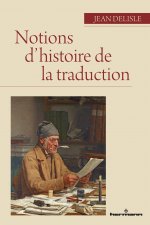
Notions d'histoire de la traduction
57.05 € -
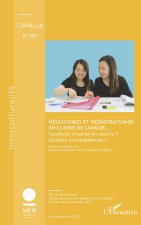
Médiation(s) et médiatisation(s) en classe de langue...
26.55 € -
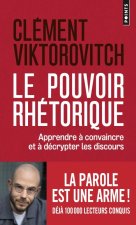
Le Pouvoir rhétorique. Apprendre à convaincre et à décrypter les discours
15.44 € -
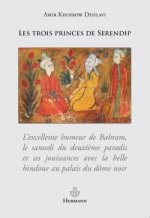
Les trois princes de Serendip
19.28 € -
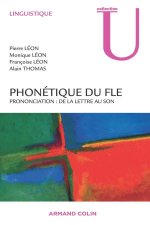
Phonétique du FLE
31.50 € -
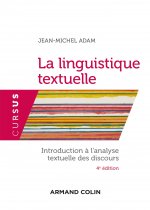
La linguistique textuelle - 4e éd.
29.28 € -
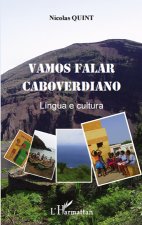
VAMOS FALAR CABOVERDIANO LINGUA E CULTURA
32.31 € -2 % -
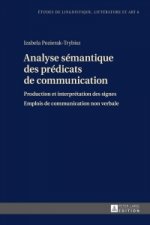
Analyse Semantique Des Predicats de Communication
68.37 € -
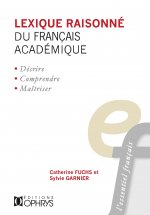
Les collocations verbo-nominales - commencement, continuation et fin de l'existence
23.02 € -

LINGUISTIQUE DE CORPUS
28.77 € -
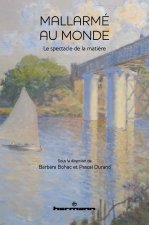
Mallarmé au monde
46.04 € -
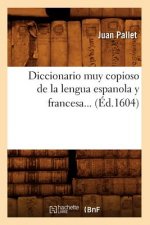
Diccionario Muy Copioso de la Lengua Espanola Y Francesa (Ed.1604)
38.57 € -
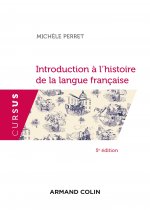
Introduction à l'histoire de la langue française - 5e éd.
30.19 € -

Presences de George Sand En Pologne
58.06 € -
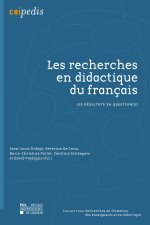
Les Recherches en didactique du français
39.78 € -
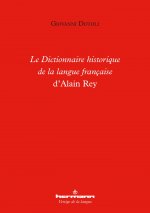
Le Dictionnaire historique de la langue française d'Alain Rey
32.71 € -

Littérature et thérapeutique des passions
55.84 € -

Des Images Et Des Mots... Au Xxie Siecle
51.80 €
Osobní odběr Bratislava a 2642 dalších
Copyright ©2008-24 najlacnejsie-knihy.sk Wszelkie prawa zastrzeżonePrywatnieCookies



 Vrácení do měsíce
Vrácení do měsíce Zdarma od 49.99 €
Zdarma od 49.99 € 02/210 210 99 (8-15.30h)
02/210 210 99 (8-15.30h)